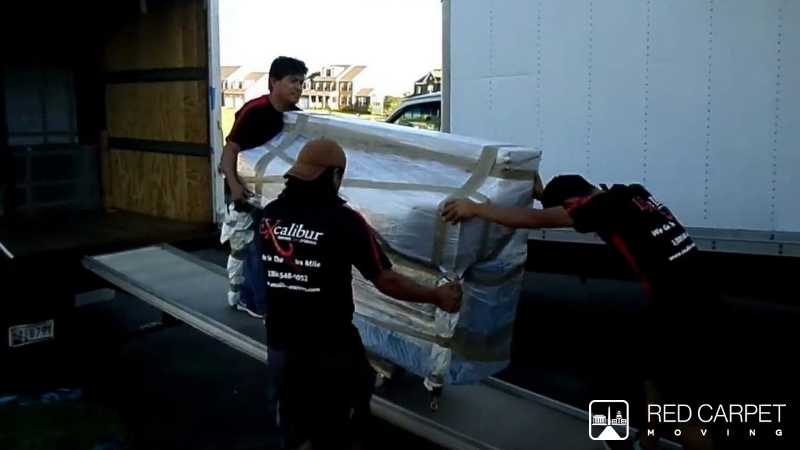Moving often signals growth or a fresh start, but it also brings disruption. For businesses, the challenge isn’t just getting from one location to another; it’s making that move without disrupting daily operations.
At first glance, moving a business might seem simple: pack, relocate, and settle in. But commercial moves are rarely that straightforward. They require careful planning, clear communication, and the flexibility to adapt when things don’t go as expected.
Without the right approach, even a short-distance relocation can lead to delays, confusion, and unnecessary stress.
Managing a successful office move
Whether you’re relocating within Washington, DC, or coming in from out of state, these tips can help make the transition to your new workspace smoother.
1. Hire professional commercial movers
While it may seem tempting to move your office yourself, professional commercial movers have the experience and equipment needed to handle the task efficiently.
A local Washington, DCmoving company can provide the resources and expertise to make your move a success. They can also help minimize downtime by working around your schedule and ensuring critical systems are safely relocated.
2. Start preparations early
Begin planning early to give each stage the time it needs. Key first steps include coordinating with property management, arranging utilities, and updating staff.
Getting a head start helps prevent last-minute problems and keeps the move on track. It also gives you time to compare quotes from commercial movers and obtain any necessary permits.
Upfront preparation is especially important in cities like Washington, DC, where building access, parking restrictions, and security protocols can complicate tight timelines.
3. Organize a moving team
Appoint key individuals within your organization to oversee different aspects of the move. Having a dedicated team can streamline the process and ensure nothing is overlooked.
Assign roles based on department needs, such as IT, HR, and operations. Clear accountability also helps resolve issues faster and keeps communication consistent throughout the transition.
Regular check-ins with the team can keep progress on track and allow for quick adjustments if plans change.
4. Label everything clearly
Use labels to categorize and identify boxes. It will result in a simpler and more rapid procedure for unpacking and organizing in the new office.
Be specific with labels by including both the contents and the intended room or department. Color coding can also help teams quickly sort items during the move.
5. Communicate regularly
Keep all parties informed about the relocation. Regular updates can help manage expectations and address any concerns that may arise. Share timelines, responsibilities, and changes as they happen to keep everyone aligned.
Clear communication helps minimize disruptions and confusion during the transition. It also encourages cooperation across teams, making the process more efficient.
6. Handle IT infrastructure carefully
IT systems are crucial for most businesses. Collaborate with your IT department to plan the transfer of servers, networks, and other technology assets. Ensure you have a backup plan in case of any issues.
Schedule the disconnection and reconnection of equipment in a way that minimizes downtime. Confirm that internet service and phone lines will be fully functional by the time the new office opens.
7. Prepare for post-move operations
Once the move is complete, have a plan for getting back to business as usual. This includes setting up key systems and ensuring all employees are aware of the new office layout and procedures.
Conduct a walkthrough to check that all equipment is working and any issues are addressed quickly. Schedule time for teams to settle in and adjust to the new space before resuming full operations.
Conclusion
Commercial moves demand more than logistics. They involve coordination across departments, attention to city-specific constraints, and a clear plan for resuming normal operations.
In Washington, DC, where regulations, access, and infrastructure can affect timing, a detailed approach reduces uncertainty and keeps the move under control.
While challenges are inevitable, a focused and informed strategy can help your team transition smoothly without disrupting business operations.


